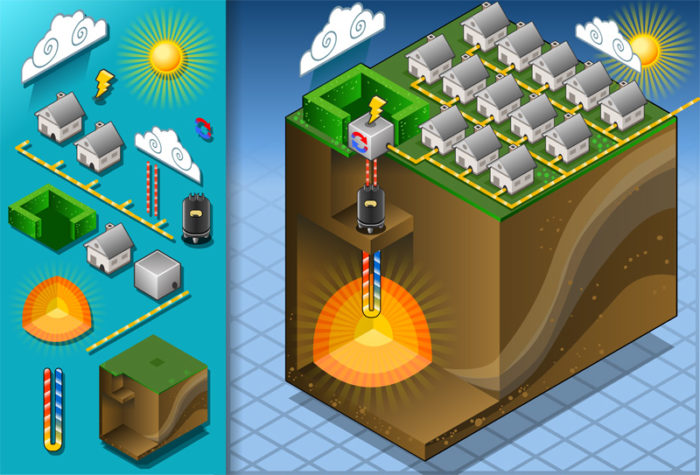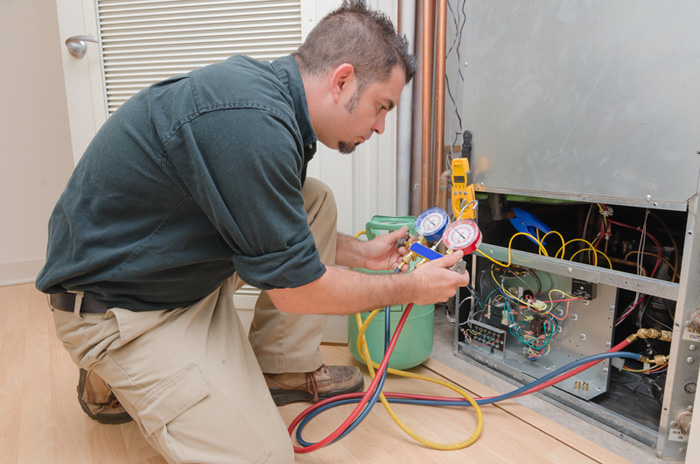The move to greener air-cooling systems means that the days of ozone-depleting refrigerants are almost completely behind us. Today, many home-cooling systems are equipped to deliver value with limited impact on the ecosystem. How has this been achieved?
Design with space size in mind
Modern cooling units are explicitly designed to cool a fixed size of space and labels are clearly displayed for buyers. This makes it easy for just about anyone to see if the cooling system is designed to fit their space at a glance. Undersized cooling systems are bad for the ecosystem because they will struggle to maintain a cool temperature, leading to increment in energy consumption. When the unit is too small for instance, it becomes difficult for it effectively balance air cooled in the condenser with the air drawn from the living space.
Use of Geothermal Heat Pumps
Cooling systems that deploy geothermal heat pumps use the earth as a heat dump. They whole premise is based on the transfer of heat from a warm area to a cool one. Such cooling systems can be up to 40% more efficient than conventional ones. The cost of manufacturing and installing such systems means that it is still not popular. However, users recoup their investments by the massive changes to the energy bill.

Use of Two-Stage Compressor Systems
“The compressors in a cooling system use the most energy,” says Shawn at Fix My AC. “This is because they have to work hard to squeeze out the heated vapours in order for the refrigerant to get back to its cooled state. Two-stage compressors allow compressors to work less when the weather is cold and increase compressing when the weather is hot. This saves you energy.”
Combined Cooling and Heating
Some modern cooling systems ensure optimal efficiency by incorporating one energy source for cooling and heating. Each component of the cooling and heating system is customised to deliver targeted results based on the size of the space. Such systems remove the need to have separate heating and cooling systems that may not be appropriately optimised, leading to energy wastage.
Smart Cooling Systems
The rise of smart cooling systems marked a seismic shift in the climate change situation. New technologies mean that most cooling systems can be programmed to function at certain intervals, mostly when there is human presence in the space. Some variants of smart cooling systems are cloud-connected, allowing owners to control the systems from anywhere, over the internet. Such setups can be easily constructed for systems that don’t feature them originally. This removes the common problem of leaving systems running or having to use systems at max capacity in order to compensate for inability to pre-cool the space.

Easier Maintenance
Modern cooling systems are designed to be easily maintained. Parts are easily disassembled by HVAC professionals to monitor air, check for leaks, test for leaks and effect changes that can increase the energy efficiency of the system. If such maintenance is carried out at least once a year, it could lead to significant energy savings.
Don’t Have an Eco-friendly Cooling System?
If your cooling system is more than 10 years old, there is a high possibility that it is not energy efficient. To be sure you have an environmentally friendly cooling system, check the energy ratings and manufacture date. Don’t hesitate to swap old units with greener, smarter options that are line with you specific needs.
If you’re looking to get a new eco-friendly cooling system, why not look at these air conditioning units from Gear Hungry?